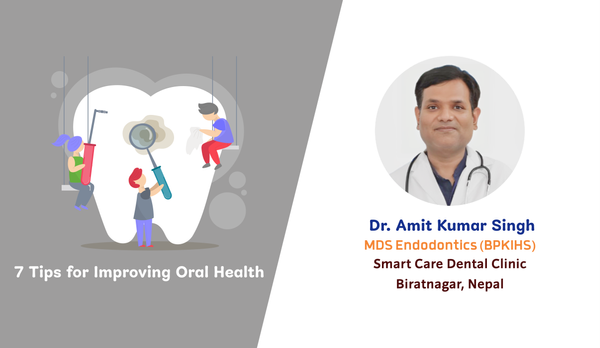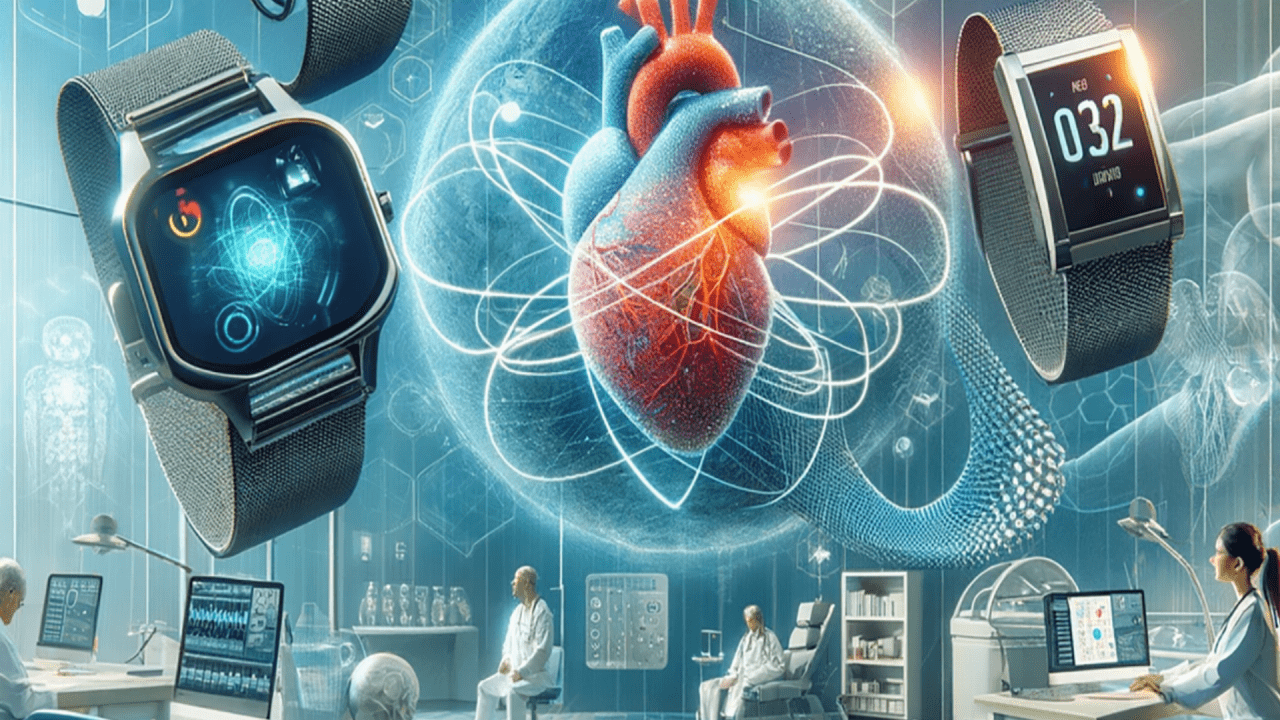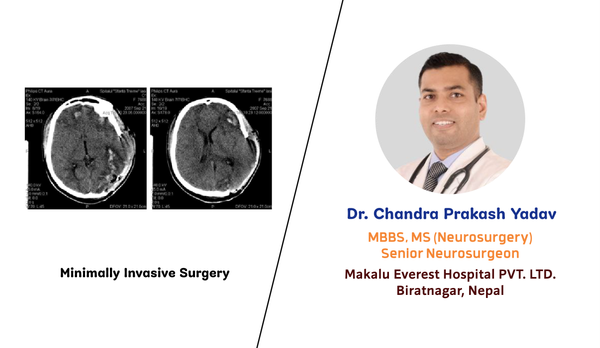Migraine Headache
Migraine is a common disorder which causes a disabling headache usually associated with nausea / vomiting and/ or light and Sound sensitivity. It is the second most common headache disorder overall and is the most common headache presenting to clinicians. It has a prevalence of 17 percent in females and 6 percent in males.

Migraine headache has strong genetic association and is considered to occur secondary to activation of pain sensitive neurons in response to various environmental stimuli along with physiological and Psychological states.
Inadequate sleep, hunger, lights, sounds, symptoms and several food types are considered
// Common Triggers
Pulsatile or throbbing headache that is commonly unilateral (one sided) but can affect both sides or even entire head along with neck sometimes.
Patients can also have pain around the eyes and pain increases with movement and physical activity.
* Headache usually lasts (4–72) hours.
* Headache is associated with nausea (80%) and vomiting (50%) and patients usually have light and sound sensitivity.
* Patients may have visual symptoms like blurring of vision, dark spots in the field of vision, zig-zag lines or even colorful and shimmering lights prior to onset of headache.
* Headache is mostly so severe that patient is unable to perform his/her daily routine works.
* Sometimes, patients may have double vision, drooping of explids, abnormal or altered sensation, redness of eyes, tearing, over face or limbs. Rarely, patients can have weakness of one side of the body that may last hours to days.
* Patients with migraine can feel a spinning sensation of self and surroundings associated with headache.
// Treatment
(1) Avoidance of triggers
Monosodium Glutamate [अजिना मोटो], Sleep disturbances, alcohol, chocolates, stress, lights, smoke, hunger, stress etc.
(2) Lifestyle Measures
Schedule, regular exercise, managing or avoiding triggers
(3) Abortive Therapy
There are wide range of Mediations which can be used to terminate the migraine attacks.
These agents can be given either orally or through other routes.
Conclusion like Intranasal, intramuscular or intravenous depending upon severity along with a combination of Symptoms.
// Commonly used medications are
(1) Acetaminophen (Paracetamol)
(2) NSAIDS (Naproxen, Ibuprofen, Diclofenac, ketorolac etc.)
(3)Triptans (Sumatriptan, Rizatriptan, Zolmitriptan etc.)
4. Preventive therapy:
To prevent recurrence and to reduce Frequency of attack, preventive therapy is used. Patient with frequent attack and even a single extended which is longer (>12 hours)
(3–4 attacks/month)require preventive therapy. Patients need these therapy for at least (6–8) months for proper benefit.
// Commonly used preventive meditations are
- Amitriptyline / Nortriptyline
- Divalproex sodium
- Propranolol
- Topiramate
// Conclusion
Migraine is the most Common Cause of headache related disability worldwide. It has a strong genetic component and has various triggers. Frequency of headache attack can be significantly reduced with proper preventive therapy there by ameliorating a patient’s quality of life.




